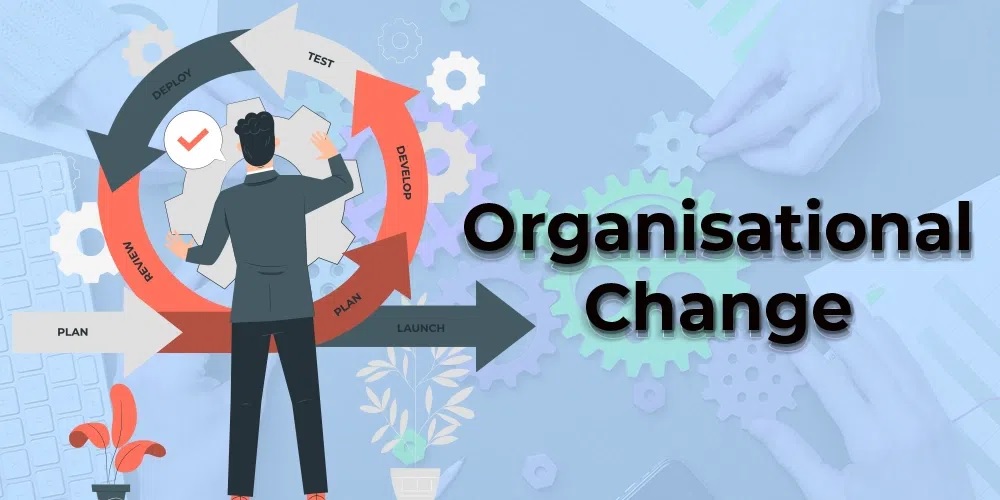Organizational change, particularly in the integration of technology and operations (tech/ops), requires a nuanced approach to ensure success. Phaneesh Murthy, a seasoned consultant with a deep background in the technology sector, offers essential insights on facilitating seamless tech/ops migration. His expertise underlines the importance of detailed preparation, active stakeholder engagement, and robust change management in supporting transformative organizational changes.
Comprehensive Planning
At the core of successful tech/ops migration, according to Phaneesh Murthy, lies comprehensive planning. This planning should span all facets of the migration, from technical specifics to adjustments in business processes and human resources. It begins with a thorough assessment of existing systems to understand the scope and potential challenges of the migration. Developing a detailed roadmap with clear timelines, milestones, and objectives is crucial, as it ensures all aspects of the transition are methodically accounted for and monitored.
Engaging Stakeholders
Murthy emphasizes the critical role of stakeholder engagement in the migration process. Effective migration strategies require aligning organizational goals with the migration plan and securing broad buy-in across the organization. This involves setting up regular communications to keep stakeholders informed and involved, and providing training and support to prepare all users for the changes. These efforts help minimize resistance and facilitate smoother adoption of new technologies and processes.
Change Management
Effective change management is pivotal in managing the cultural and operational shifts associated with tech/ops migration. Murthy advocates for a structured approach to change management that not only addresses the logistical aspects of migration but also the cultural transformations needed for success. Analyzing the impact of changes across the organization allows for designing targeted interventions that aid in cultural adjustment and foster an environment that embraces change and innovation.
Technical Execution and Support
The technical execution of the migration must be flawless to prevent any operational disruptions. Murthy points out the necessity of ensuring technical readiness through proper configuration, rigorous testing, and strategic deployment. Additionally, ongoing support and troubleshooting post-migration are crucial for addressing any issues swiftly, thus maintaining continuous operational flow and system integrity.
Continuous Monitoring and Feedback
Post-migration, it is essential to engage in continuous monitoring and to solicit feedback to gauge the effectiveness of the new systems and processes. Murthy notes that post-migration reviews and the practice of continuous improvement are vital for refining systems to better meet organizational goals. This ongoing evaluation helps organizations adapt more dynamically to new challenges and opportunities presented by the tech integration.
Phaneesh Murthy’s strategies provide a comprehensive blueprint for businesses looking to navigate the complexities of tech/ops migration. By prioritizing detailed planning, engaging stakeholders, managing change effectively, ensuring meticulous technical execution, and committing to continuous improvement, organizations can achieve a seamless transition. Such well-managed migration not only minimizes risks but also enhances the potential benefits, driving significant improvements in efficiency and competitive advantage in today’s digital landscape.
Find out more by watching this YouTube series:
https://www.youtube.com/watch?v=kVP44ejgWrA

